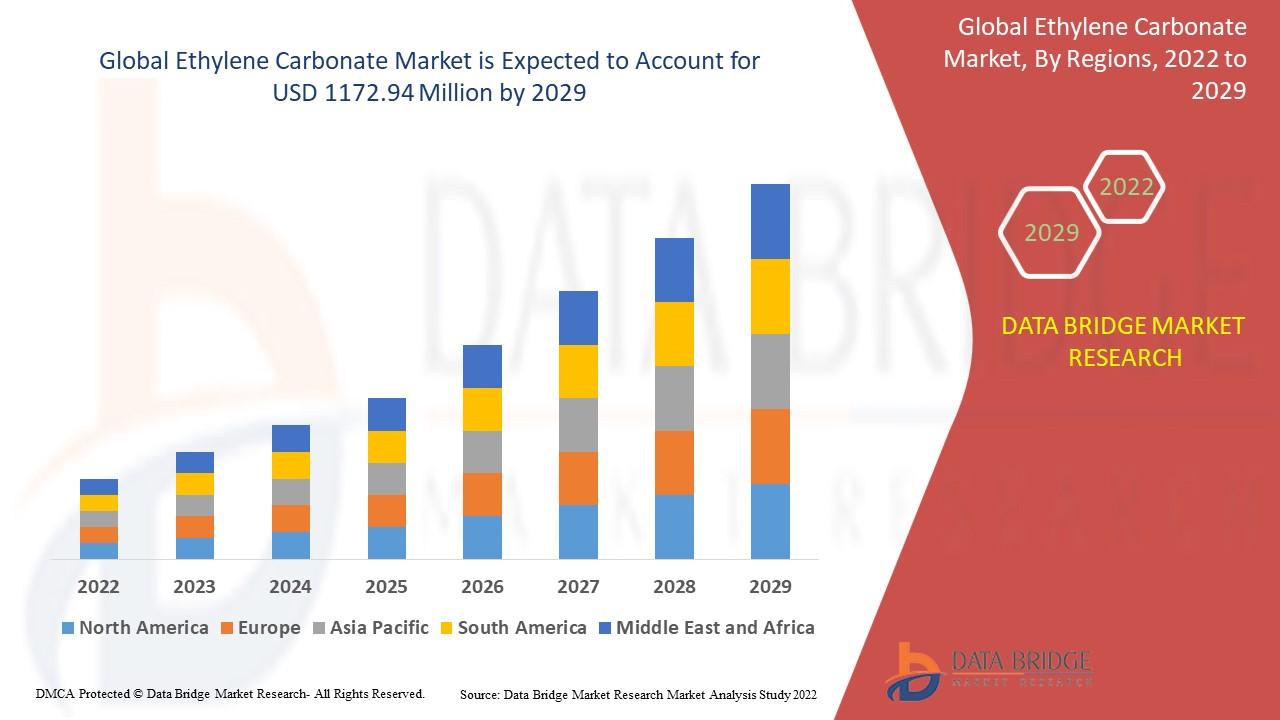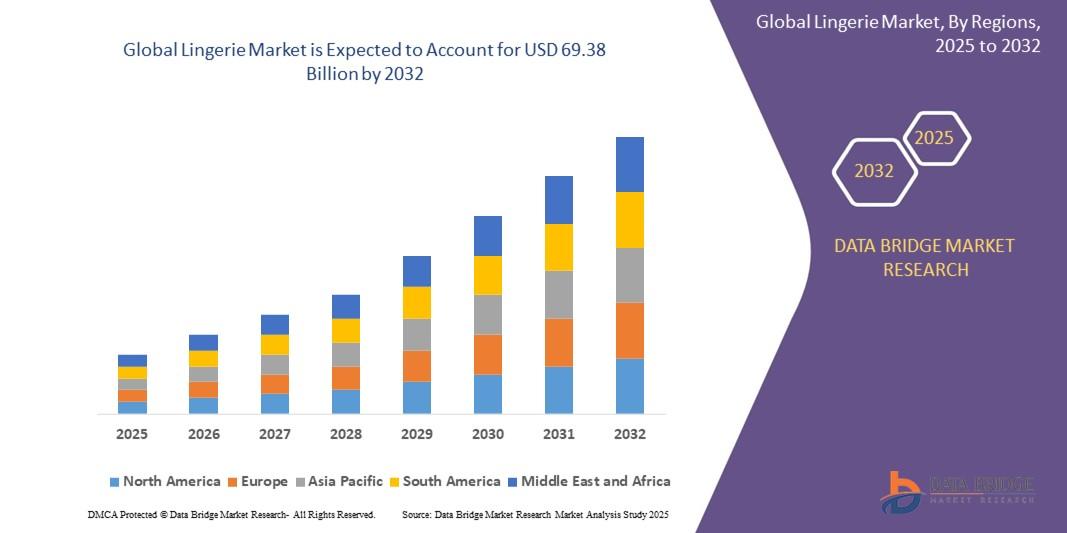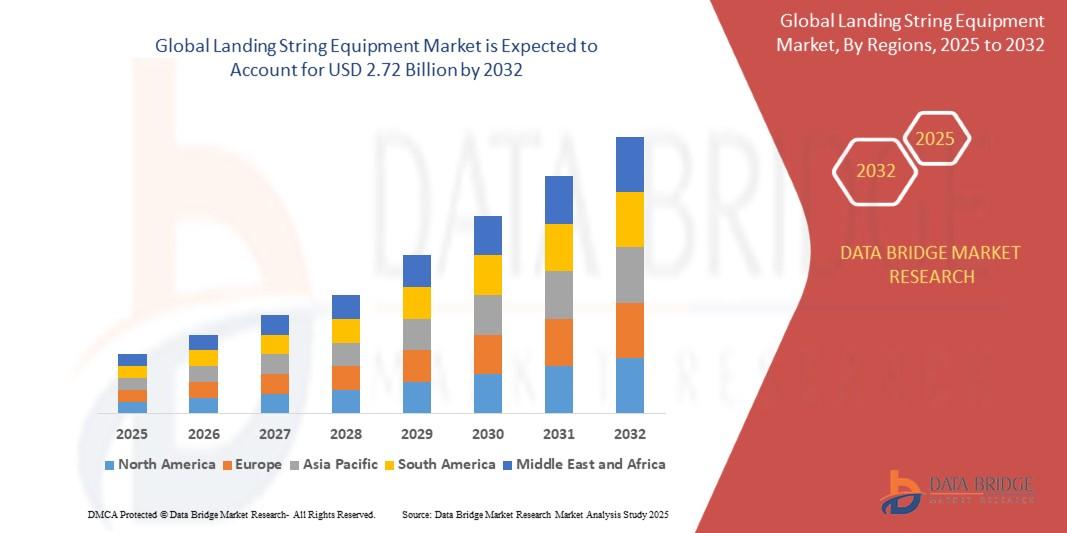Innovations in Zinc Processing: Enhancing Efficiency in the US Market
The regulatory environment surrounding the US zinc market is evolving rapidly as environmental concerns, trade relations, and industrial policies shape production and consumption patterns. Zinc, being integral to infrastructure and industrial growth, must adapt to tightening regulations aimed at reducing emissions, ensuring responsible sourcing, and promoting recycling.
One of the most impactful areas of regulation is related to environmental protection. Zinc smelting and refining processes, which traditionally consume large amounts of energy and generate emissions, are subject to increasingly strict guidelines from agencies like the Environmental Protection Agency (EPA). Compliance requirements regarding air quality, waste disposal, and water treatment add operational costs but also encourage investments in cleaner technologies.
The Biden administration’s focus on green infrastructure and sustainable industries is likely to further influence zinc production standards. Incentives for renewable energy projects, subsidies for recycling initiatives, and tax breaks for low-emission manufacturing processes are encouraging producers to align with carbon reduction goals.
Trade regulations also play a critical role. Import tariffs, anti-dumping laws, and export restrictions can create supply imbalances that directly impact domestic pricing and investment decisions. For instance, policies aimed at reducing dependency on foreign sources may lead to increased support for local mining and processing facilities.
Recycling regulations are becoming more favorable, with initiatives that promote secondary zinc recovery and reuse. These include extended producer responsibility (EPR) programs, which require manufacturers to ensure products are properly recycled at end-of-life stages, and grants for research into circular supply chains.
However, regulatory uncertainty remains a challenge. Shifts in policy priorities between administrations, debates over environmental versus economic trade-offs, and differences in state-level enforcement create a complex landscape for industry stakeholders.
Despite these challenges, companies are responding by investing in sustainable mining technologies, engaging in partnerships with research institutions, and lobbying for supportive trade policies. Many are also diversifying into new applications such as zinc-based batteries and biodegradable coatings to future-proof their operations.
In summary, the US zinc market demand is navigating a regulatory environment that is both challenging and opportunity-rich. Stricter environmental guidelines and supportive trade policies are encouraging sustainable practices while reshaping supply chains. Those who adapt effectively stand to benefit from long-term growth and increased investor confidence.




